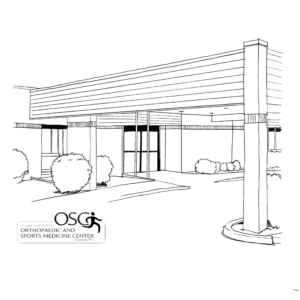One of the common jokes I hear many podiatrists say to patients is, “I love high-heeled shoes, they keep me in business!” The same joke is often used for treadmills, but we’ll save that for another post…
In this series of posts, I will explain how wearing high-heeled shoes alters your biomechanics, increases risk for common foot and ankle injuries and potentially can lead to big problems in the long term. In this first post, I’ll explain the risks and potential problems that can occur due to wearing high-heeled shoes. Later this week, I will explain the biomechanics and pathology behind the use of high-heeled shoes.
Despite the ease with which we walk, from a biomechanical and physiologic point of view, it is an incredibly complex, coordinated endeavor. Walking requires control and firing of many different muscles at different times during each step. Your sensory nervous system must tell the brain about speed, pressure and many other variables in order to tell your muscles where to place your foot for the next step.
On top of all of that, your brain has to balance the body on top of your legs so you don’t topple over and fall on your face!
Our bodies were designed so that simple things like walking and running would occur in an efficient manner, saving energy and minimizing stress to our joints. High-heeled shoes, although perhaps aesthetically pleasing, change the way you walk to a less efficient and more stressful way.
They cause increased pressure on joints, changes in joint function and mechanics, throwing you off balance. Believe it or not, they can even change the way your blood moves through the body. Furthermore, the effects of high-heels are not isolated to just the feet. The change in biomechanics changes the way the knees and even hip joints function.
Wearing high heels every day for long periods of time can cause injury to the foot in a variety of ways. But pain in the ball of the foot due to increased pressure in this area is probably the most common issue. Normally, pressure is distributed across the entire foot from the heel to the ball of the foot. However, the high heel increases the stress on the metatarsal heads (the bones that make up the ball of your foot).
The increased stress can cause inflammation at these heads, strain and eventual rupture of some of the small structures in this area, and even stress fractures in some of the small bones of your foot. In addition, balance issues caused by high heels can increase the risk of ankle sprains or even ankle fractures.
Many recent studies have shown that the frequent use of high-heeled shoes can also lead to long-term problems that don’t present until years down the road. Most notably, high-heeled shoes can lead to a decrease in the range of motion of some of your joints, in particular the ankle. This in turn causes other joints to move in ways that can cause joint degeneration due to pathologic movement.
It has also been suggested that the increased incidences of hammertoes, bunions, and other orthopedic issues that impact older women more than men are a result of high-heel shoe wear. It has also been suggested in recent literature that high heels can even lead to increased venous pressure in the legs (meaning the leg muscles don’t pump blood back to your heart effectively) and overtime can lead to venous issues like varicose veins and spider veins.
High-heels are not likely to disappear anytime soon. In fact, studies have suggested that men may even find any given woman more attractive when she is wearing heels. Regardless, the negative effects of high heels on the lower extremity are also very well known.
Given that high-heels change the way you walk, stress your joints, and increase your risk of certain injuries, it is important to limit their use and be aware of the issues that can occur.


